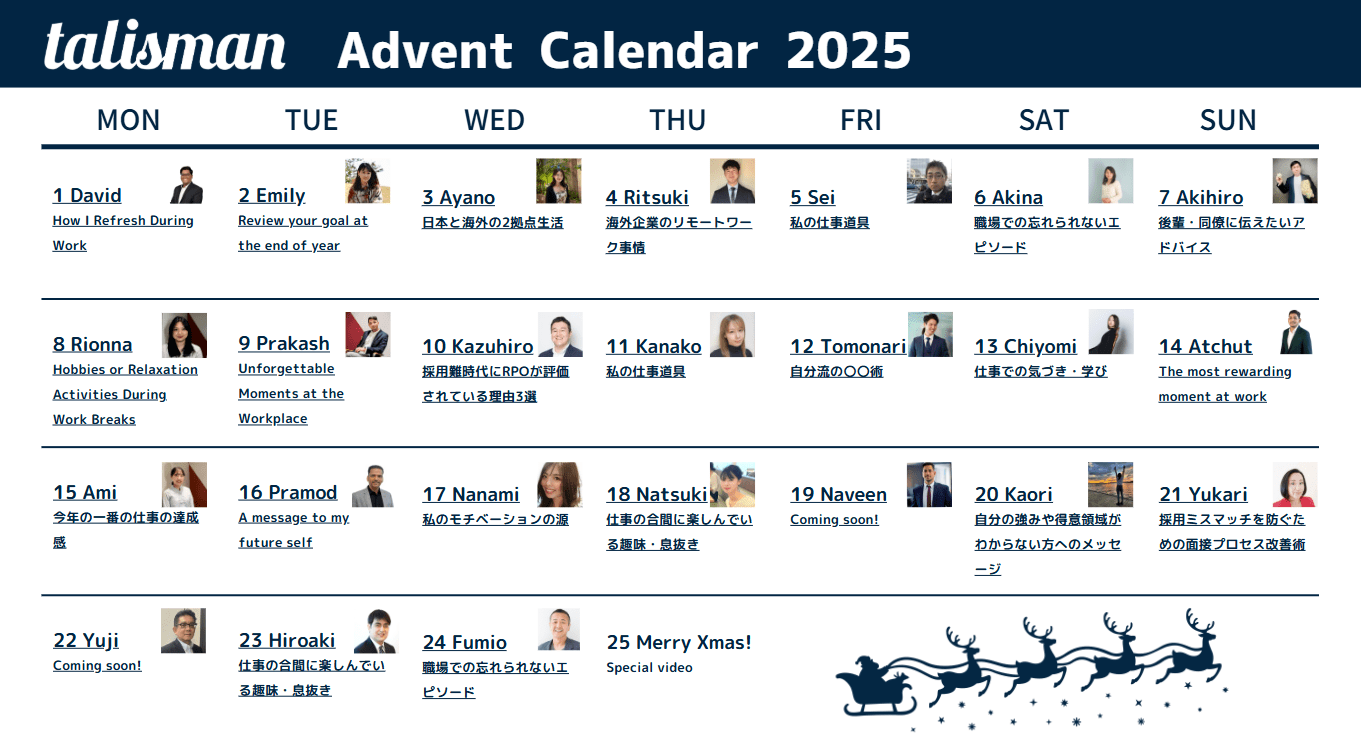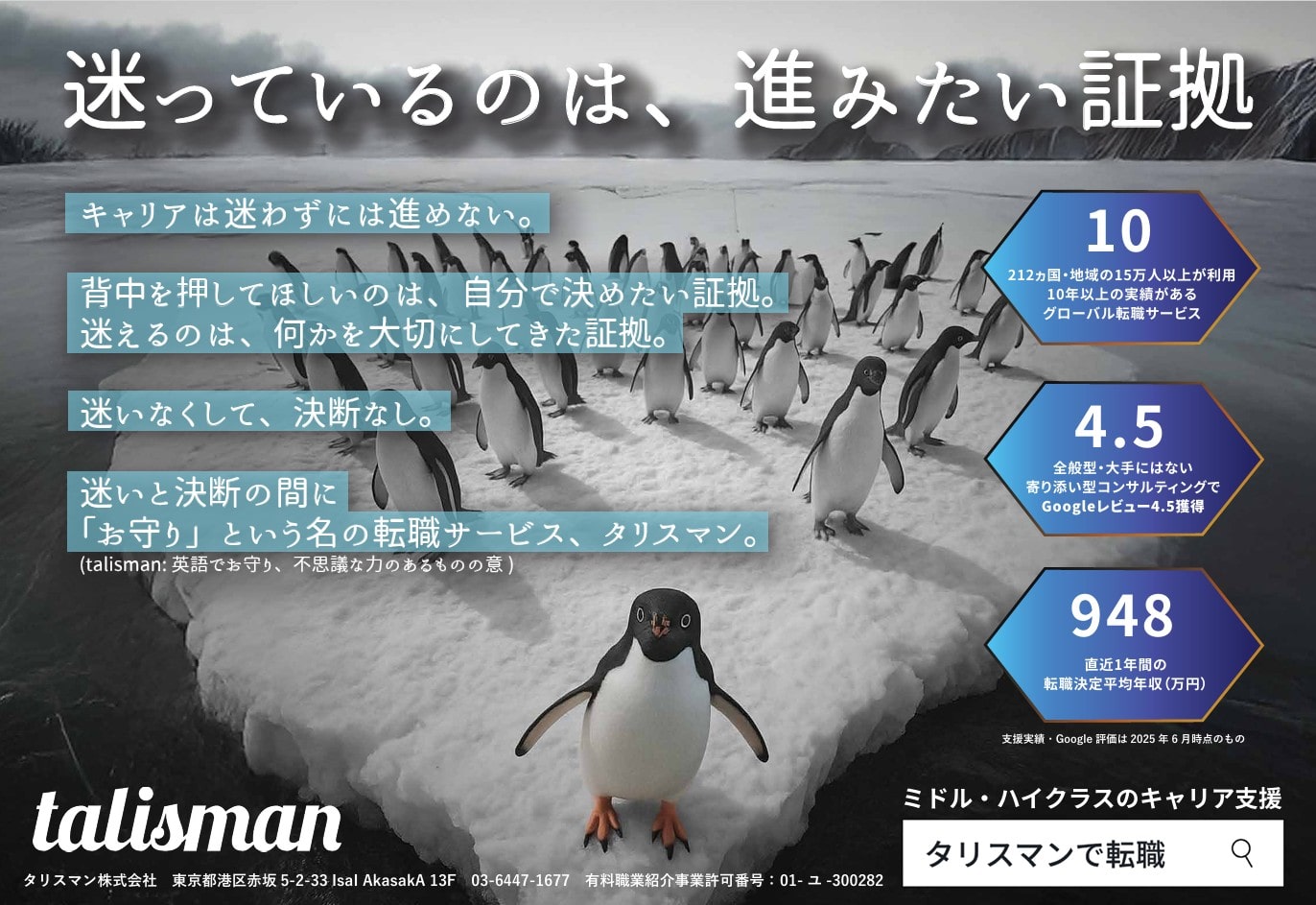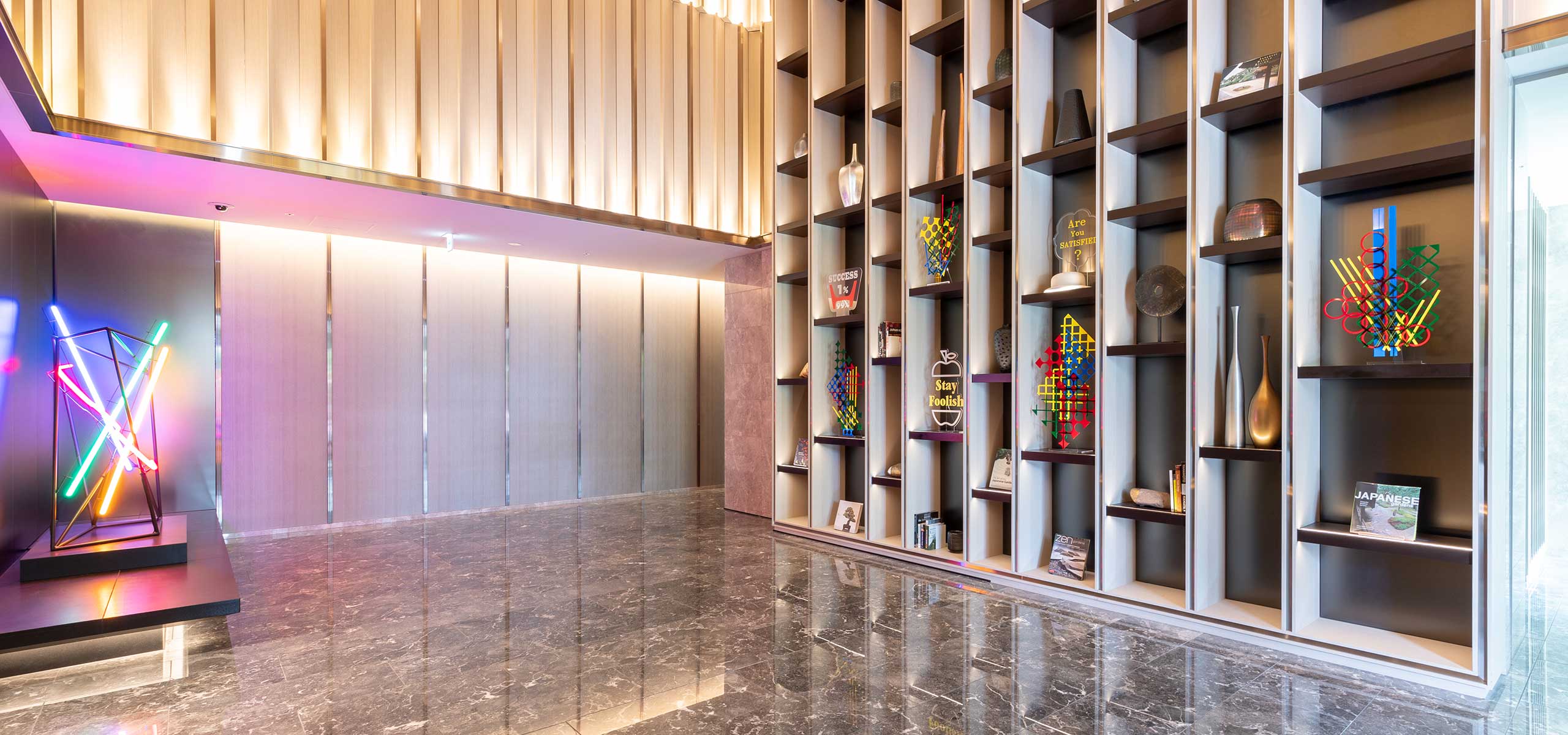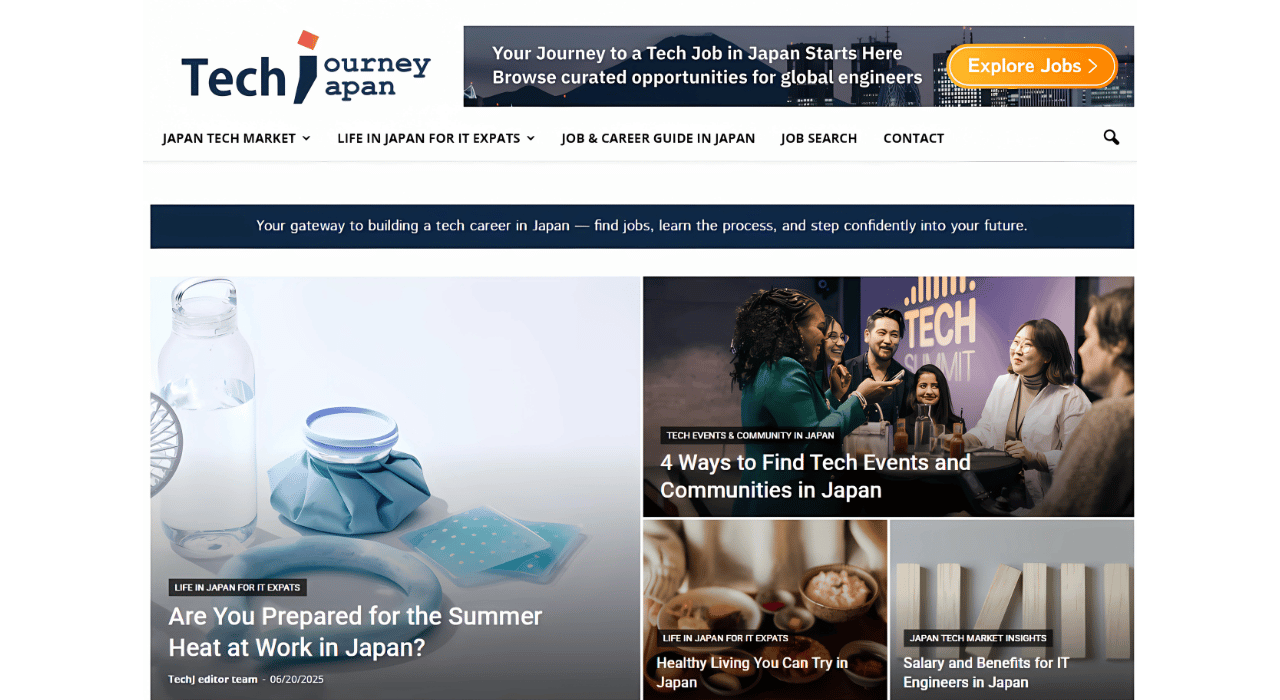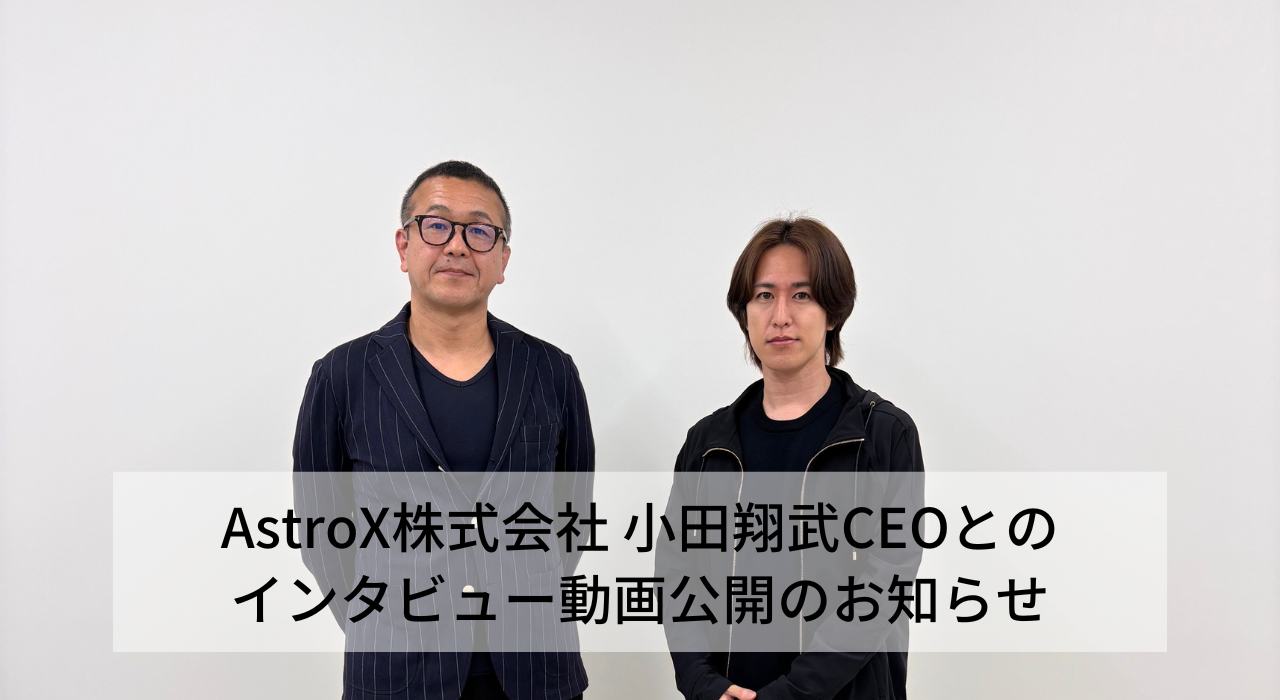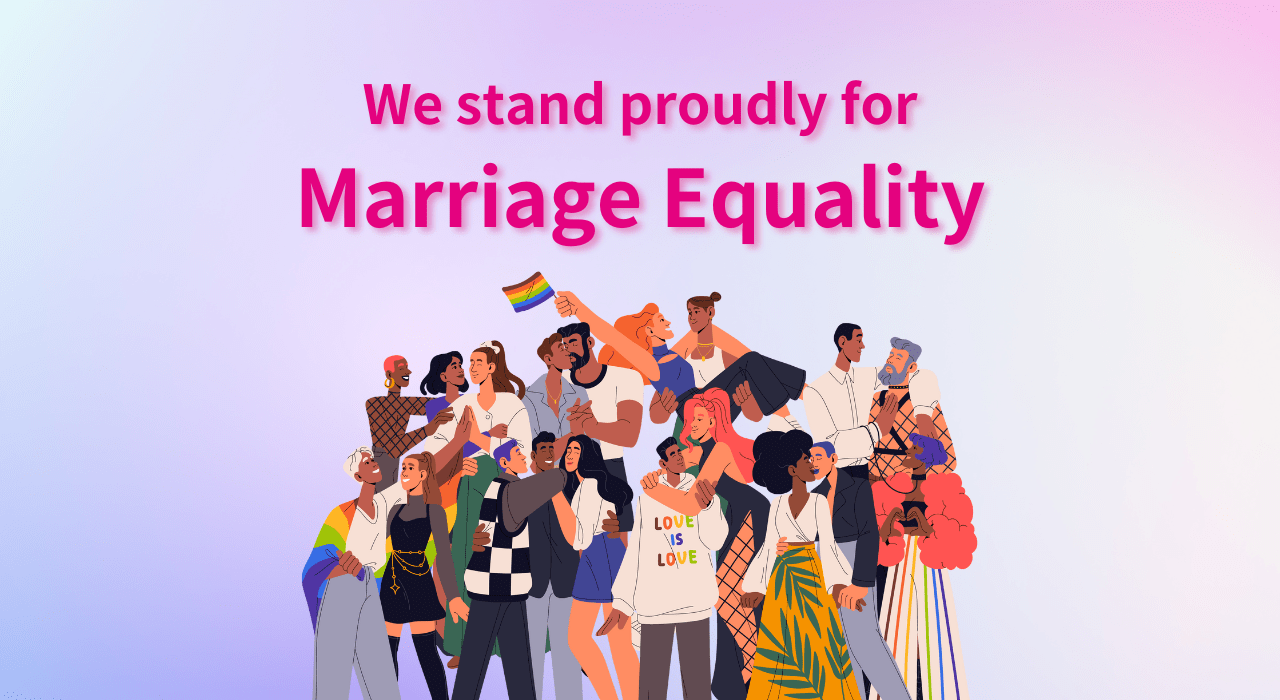5 Critical Steps to Follow for a Successful Interview
After searching online, you may have found your dream job advertised online and applied for the position by submitting your resume and cover letter. Much to your surprise, the hiring manager has sent you a follow up email and wants to schedule an interview during the following week. Instead of panicking and arriving unprepared for the interview, simply follow these 5 critical steps that will enable you to pass an interview. Following these steps will increase your chances for successful interview, possibly landing you a lasting career.

Preparation
The first step to success is preparation. Researching the company will give you the proper insight into the company’s history, mission statement, financials, and main competitors within the same industry. Also, it’s important to research relevant social media pages, and review sites like Glassdoor.com to gain useful insight. Prepare a list of 10 questions to ask the hiring manager based on the information you’ve researched online. If you are unfamiliar with the work location, research the commute distance in order to arrive on time. A good rule is to arrive at the interview 10 to 15 minutes before the scheduled time, giving the interviewer a good initial impression that you are punctual and dependable.
Practice possible competency interview questions that are related to the job position with a friend, family member, or in front of a mirror. Possible competency interview questions will be related to the job listing, where the interviewer will be probing for relevant skills and real-life situations where you have demonstrated each of these competencies.
Presentation
Preparation and punctuality are important for the success of the interview, however it’s equally important do dress appropriately. Indeed, you want to create a first impression that lasts dressing for success. According to Business Insider, not everybody is aware that the “first impression” is actually only a seven second window upon first meeting someone. Knowing that you have a short window of time to make a good first impression, it is vital that you know all the key details that will create a strong first impression that lasts. For men, this would include wearing a conservative suit with a tie, or a skirt and jacket for women. In addition to professional clothing, consider your body language, and remember to smile before shaking the interviewer’s hand. It’s also important to keep your introduction brief. Speak clearly and confidently, maintaining good eye contact to instill a sense of trust with the interviewer. After shaking the interviewer’s hand, present a copy of your cover letter and resume. Wait after handing over your resume for the interviewer to direct you accordingly. Following these key details of professional dressing, and introduction formalities will ensure a positive image of competency that will build a strong first impression.
During Interview
After you have created a positive first impression and introduced yourself to the interviewer, it is important to practice good body language during the interview. Maintain good posture sitting upright and maintain good eye contact with the interviewer or panel. After being asked competency interview questions, use appropriate hand gestures when describing a certain situation, and ideas of how you would resolve that situation. Using hand gestures will give your response more charisma, anchoring your words with physical action.
If the interviewer asks you a question that you are unsure of, ask the interviewer: “That is a good question. Can I have a moment to think about this question”. This will show the interviewer that you want to consider the full situation surrounding the question and will give you time to think of a detailed and thoughtful response. Keep in mind that you should answer the question within 5 to 10 seconds of asking the interviewer for more time to think about your response.
- S.T.A.R Method
Using Situation Task Action Response method, or “STAR” method is the best way to answer competency interview questions to help the interviewer determine if you have the necessary skills and working experience required for the position. In addition to skills and work-related questions, this method could also be used to answer behavioral-situation questions. The following are some sample questions that can be answered using the star method according to Interview guys,
- “Tell me about a time you failed at a task you were assigned…”
- “Have you ever had to work with someone you didn’t like? How did you handle that?”
- “How do you handle setting goals? Can you give an example?”
Situation:
Think of a situation where you had a successful outcome. The situation does not have to be work-related. It must simply be relevant to the question. Remember to include the who, what, when, where, and how, creating a complete story that the interviewer can follow.
Task:
Describe in detail what task you handled for that specific situation, focusing on any challenges you faced.
Action:
This is the most important step of the star method, describing in detail what action you took to complete the assigned task. Highlight what you did, targeting key traits that the interviewer will find desirable. Keep in mind that the interviewer is looking for key skills and traits that may be on your resume, including; teamwork, handling pressure, dedication, interpersonal skills, and initiative.
Result:
Share the positive outcome of the situation, and how you were a key player in achieving the desired outcome. What did you succeed in accomplishing? What lessons did you learn? What was the positive result of the action in relation to the actions you took in that situation. The star method is the go-to-model when answering a difficult working interview questions.
Conclusion:
Closing the Interview
After the interviewer has asked you questions, take the opportunity to ask the interviewer 2-3 questions from your list that show your personal interest in your potential role at the company. These questions can be related to the information found about the company in preparation before the interview. Remember to ask questions that are focused, open ended, and avoid a “Yes, or No” answer. Also, avoid questions about salary and bonus, as these should be asked at a later time. Ask questions that show enthusiasm and motivation, which add real value to the company. Some good examples from big interview.com include: “Describe the culture of the company”, “What do you like best about working for this company”, “Where do you think the company is headed in the next 5 years?”.
After asking a few questions, be sure to close the interview with a positive impression. Shake the interviewers hand firmly and maintain good eye contact while thanking the interviewer for their time. The day after the interview be sure to follow up with an email thanking the interviewer for their time and consideration.
Resources:
Presentation
http://www.businessinsider.com/only-7-seconds-to-make-first-impression-2013-4
Star Method
https://theinterviewguys.com/star-method/
closing the interview
https://biginterview.com/blog/2011/08/best-questions-to-ask-end-interview.html
